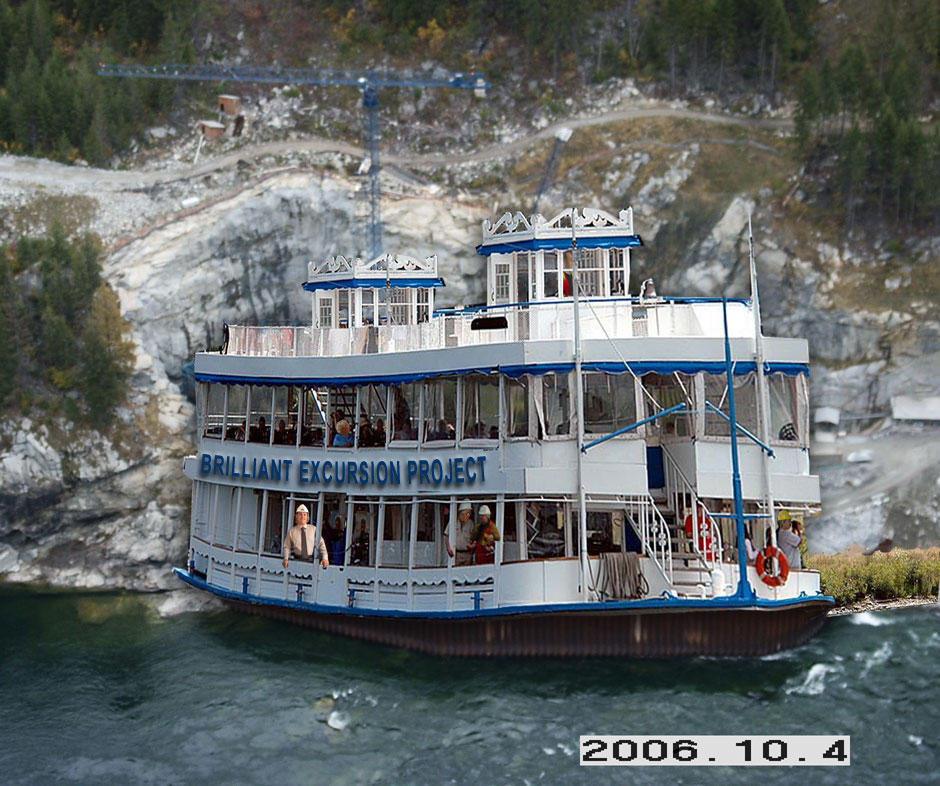Workplace Violence
Workplace Violence - Raising the issue and spotting the red flags - Washington Business Journal
Keep your eyes open for those who:
* have a history of violence
* are considered loners
* experience rapid weight gain or loss
* show sudden deterioration in productivity and performance
* become accident prone and reckless
* exhibit poor hygiene
* sabotage property
* have attendance problems: sickness, tardiness, leaving early
* exhibit high stress levels, crying, death of family, divorce, financial problems, excessive personal calls
* constantly make slighting references to others
* spread rumors and gossip
* consider themselves to be superior
* are never happy with what is going on
* need to constantly force their opinion on others
* have a compulsive need to control others
* think that other employees are out to get them
* are essentially paranoid
* are consistently unreasonable and argumentative and refuse to cooperate
* make others feel uneasy
* are belligerent toward customers and clients
* refuse to obey policies
* think there is a conspiracy to all functions of society
* own firearms and have interests in military, law enforcement or underground military groups
* don't take responsibility for any of their behaviors or faults or mistakes; it's always someone else's fault
* take legal action against the company, constantly filing one grievance after another
* blow everything out of proportion
* have hate and anger issues on and off the job, whether they're with co-workers, family, friends or the government
* applaud certain violent acts portrayed in the media such as racial incidents, domestic violence, shooting sprees, executions
* make statements like "he will get his" or "what goes around comes around" or "one of these days I'll have my say"
* suddenly stop making any kind of disparaging statements or behaviors and become introverted
* pay attention to the details, but lack people skills
* sexually harass others
* have had trouble with the law, even just a minor incident
* are addicted to alcohol, prescription or street drugs
* are romance-obsessed
* have drastic changes in belief systems
* express feelings of hopelessness
* display violence towards inanimate objects.












